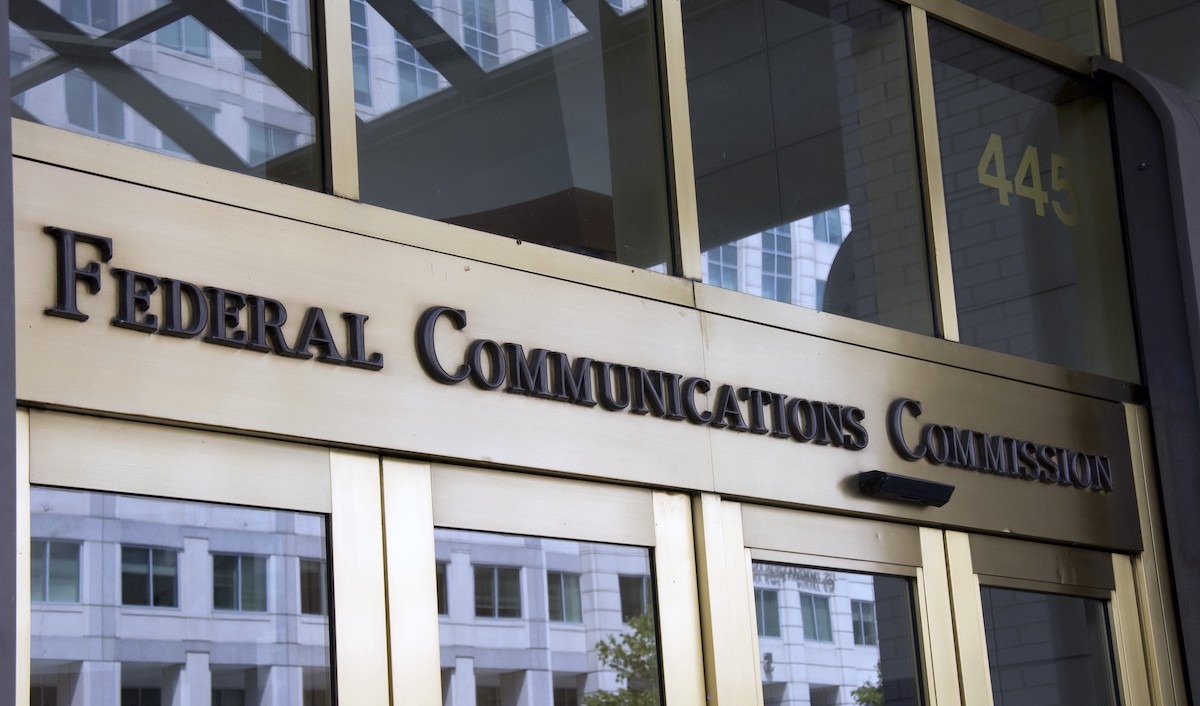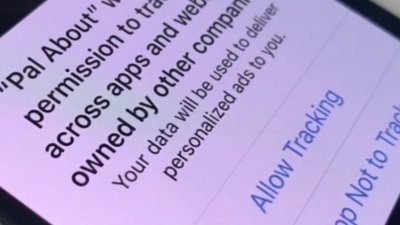A group of U.S. senators have called on the Federal Communications Commission to "establish a 21st century definition of high-speed broadband" of 100 megabits per second for both uploads and downloads.
The senators penned a letter to FCC Acting Chairwoman Jessica Rosenworcel and other Biden administration officials on Thursday asking for the updated definition. They note that the coronavirus health crisis has "reinforced the importance of high-speed broadband and underscored the cost of the persistent digital divide in our country."
Currently, the FCC's broadband standard is 25Mbps downstream and 3Mbps upstream from the consumer. That definition was set in 2015, and it was never updated under former FCC Chairman Ajit Pai, despite calls to do so.
"Going forward, we should make every effort to spend limited federal dollars on broadband networks capable of providing sufficient download and upload speeds and quality, including low latency, high reliability, and low network jitter, for modern and emerging uses, like two-way videoconferencing, telehealth, remote learning, health IoT, and smart grid applications," the senators wrote.
The letter was written by senators Michael Bennet (D-Colo.), Joe Manchin (D-W.Va.), Rob Portman (R-Ohio) and Angus King (I-Maine). Along with Rosenworcel, it was also sent to the secretaries of Commerce and Agriculture, as well as Brian Deese, the director of the National Economic Council.
"Our goal for new deployment should be symmetrical speeds of 100 megabits per second (Mbps), allowing for limited variation when dictated by geography, topography, or unreasonable cost," the letter continues.
Additionally, the senators say the government should "insist that new networks supported with federal funds meet this higher standard, with limited exceptions for truly hard-to-reach locations."
Rosenworcel, who was appointed in January, already supports changing the FCC's definition of broadband. In April 2020, she said it was "time for the FCC to adjust its baseline upward." At the time, she also called for a 100Mbps download speed and an upload speed greater than 3Mbps.
 Mike Peterson
Mike Peterson








 William Gallagher
William Gallagher
 Brian Patterson
Brian Patterson
 Charles Martin
Charles Martin


 Malcolm Owen
Malcolm Owen

 Christine McKee
Christine McKee









20 Comments
It’s the pitiful upload speed that all DSL and broadband companies use that’s ridiculous. The only way to get better upload speed is using fiber. I have Comcast’s gigabit service and download over direct connected devices ( not WIFi) is usually in the 900Mbps down but I’m lucky to get 20Mbps upload. This all has to do with how Comcast sets up their hardware. They prioritize pushing high income movies over people actually sending files to each other.
This continues to amaze/confuse me. I’m truly rural and have ‘limited’ 15 Mb down/3Mb up. I have a fully automated house, I video conference for work multiple times per day and watch Netflix, Britbox, etc. in the evenings with no issues. I’m not a gamer. My main problem is data caps, not speed. Also, it’s clear from remote interactions with my home that latency is far more critical than speed. I have no objections to faster but I wouldn’t want to pay more for it. Again, requiring one size fits all solutions is a waste.
It was a while coming, but even my little, rural, Spanish coastal town now has 1Gbps symmetrical fibre.
This is the speed I get in the UK under our partly subsidised and pretty well regulated broadband infrastructure:
![]()
![]()

I’d love to have faster uploads (my down is fine — rated at 600mbps and in reality sometimes over 700mbps) but the fastest I get for uploads is 18mbps which is what Comcast tops out uploads at until you are at the 1gbps service when it doubles , though for the few months I had 1gbps service I never got faster than 18 up though it may have been my hardware).